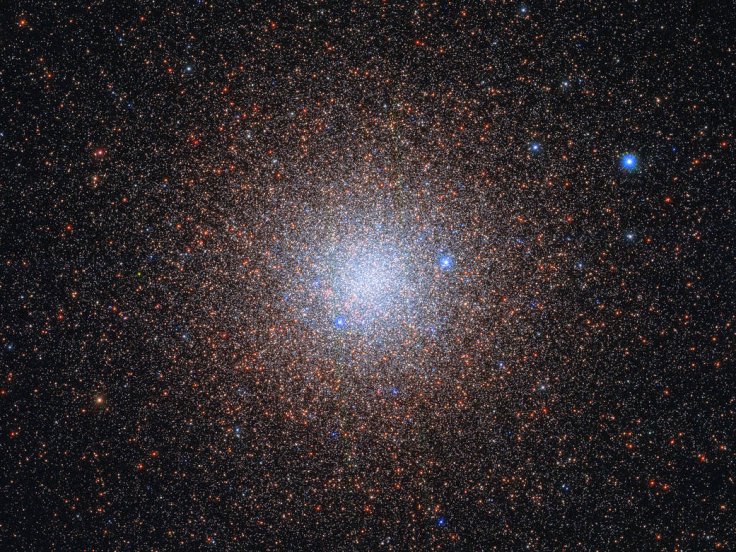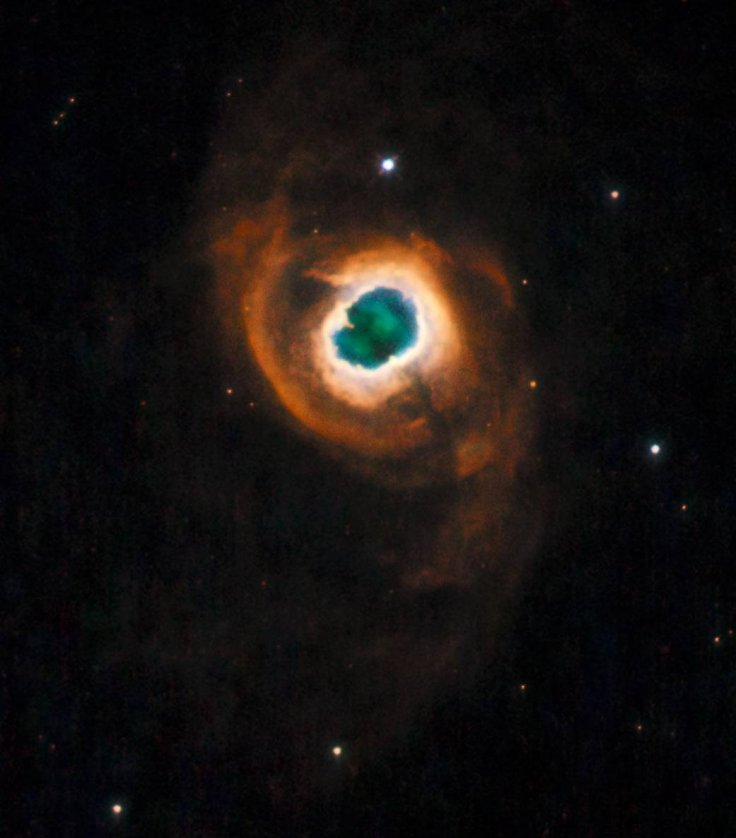The Hubble Space Telescope, which is operated by NASA and the European Space Agency, was able to take a new photo of a massive cosmic structure filled with snowflake-like stars. Aside from the stars, other stellar objects can also be spotted in the photo.
The subject of Hubble's latest photo is NGC 6441. It lies about 44,000 light-years from the Sun.

Globular Cluster's Cosmic Snowflakes
NGC 6441 is a globular cluster, which means it is a spherical collection of stars that orbits the center of a galaxy. Its spherical shape is sculpted by gravitational forces in its surroundings. Like other globular clusters, determining the exact number of stars within NGC 6441 can be a bit challenging. According to NASA, NGC 6441 is one of the most massive clusters in the Milky Way galaxy due to its stars. The agency estimated that all the stars of NGC 6441 are over a million times more massive than the Sun.
"Like snowflakes, the exact number of stars in such a cluster is difficult to discern," NASA explained in a statement. "It is estimated that together the stars have 1.6 million times the mass of the Sun, making NGC 6441 one of the most massive and luminous globular clusters in the Milky Way."

Other Cosmic Objects Within NGC 6441
Aside from the bright stellar objects, NGC 6441 is also home to various cosmic features. These include four pulsars, which are highly magnetized rotating neutron stars. These were formed following the collapse and death of a giant star. Another fascinating cosmic object hiding inside NGC 6441 is a planetary nebula known as JaFu 2. Despite its name, a planetary nebula is not related to an actual planet. Instead, it got its name due to its planet-like spherical shape. This shape is caused by the expanding bright shell of ionized gas that was emitted by a red giant star as it reached the end of its life cycle.
"NGC 6441 is host to four pulsars that each complete a single rotation in a few milliseconds. Also hidden within this cluster is JaFu 2, a planetary nebula," NASA stated. "Despite their name, planetary nebulas have little to do with planets. A phase in the evolution of intermediate-mass stars, planetary nebulas last for only a few tens of thousands of years, the blink of an eye on astronomical timescales."









